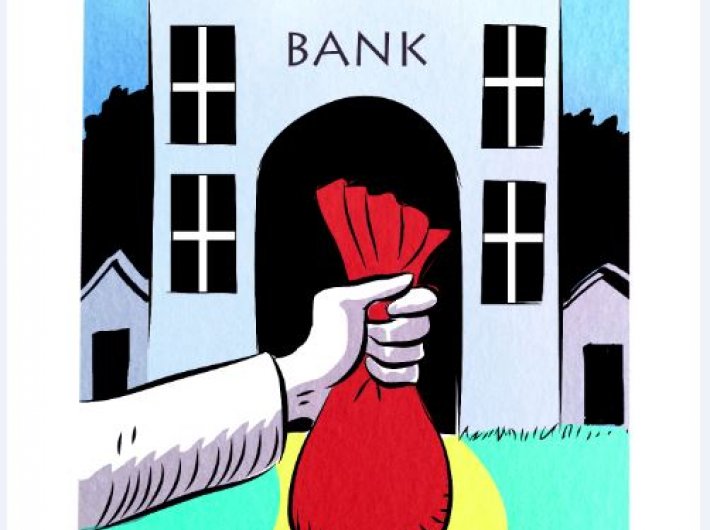India will soon have a few robust and competitive public sector banks (PSBs) after the cabinet gave its approval to amalgamate PSBs.
The decision regarding creating strong and competitive banks would be solely based on commercial considerations. After in-principle approval, the banks will take steps in accordance with law and SEBI’s requirements.
The final scheme will be notified by the central government in consultation with the Reserve Bank of India.
The proposal to have a handful of banking behemoths is not new.
In 1991, it was suggested that India should have fewer but stronger public sector banks. Narasimham Committee Report in 1991 (NC-I), recommended a three tier banking structure in India through establishment of three large banks with international presence, eight to ten national banks and a large number of regional and local banks. Narasimham Committee Report in 1998 (NC-II) also reiterated the recommendations on NC-I.
The budget speech for 2016-17 mentioned that a roadmap for consolidation of PSBs would be spelt out. The desirability of consolidation in Indian banking sector is widely felt across the spectrum.
It was only in May 2016 that effective action to consolidate public sector banks began to be taken by announcing amalgamation of six banks into the State bank of India. SBI is now a single bank with about 24,000 branches, over 59,000 ATMs, 6 lakh POS machines and over 50,000 business correspondents, which serve all parts of the country, including far flung areas.
There are now 20 PSBs other than SBI.
On April 22, 2016, RBI deputy governor R Gandhi said in Bangalore that the banking system continues to be dominated by Public Sector Banks (PSBs) which still have more than 70 percent market share of the banking system assets.
Gandhi
said that the need for consolidation is specially felt now, due to the fact that although India is seventh largest economy in the world in terms of nominal GDP, there is no Indian bank in the list of 70 large banks in terms of asset size.
“We can easily see that large banks reap certain advantages in terms of efficiency, risk diversification and capacity to finance large projects. The efficiency gains resulting from lower cost of services and higher quality of services is too attractive to ignore.”
He added: “It is also felt that a larger bank may be less risky than a smaller bank as the larger bank will have a more diversified portfolio resulting in less volatility in its earnings. Consequently, a large bank may command higher credit rating than a smaller bank.”
Since the onset of reforms, there have been about 32 mergers / amalgamations in the banking sector. Prior to 1999, most of the mergers were driven by resolution of weak banks under Section 45 of Banking Regulation Act 1949. However, after 1999, there has been increasing trend of voluntary mergers under Section 44A of Banking Regulation Act 1949.
Even Reserve Bank of India Governor Urjit Patel said in April 2017 that the Indian banking system could be better off if some public sector banks are consolidated to have fewer but healthier entities, as it would help in dealing with the problem of stressed assets.
“As many have pointed out, it is not clear that we need so many public sector banks. The system could be better off if they are consolidated into fewer but healthier banks,”
said Patel while delivering the Kotak Family Distinguished Lecture at Columbia University.
Patel said a challenge that India’s central bank was grappling with was the large stressed banking sector balance sheets.
